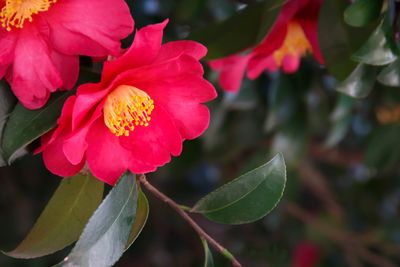Why are Camellias not Blooming?
A certain amount of bud drop is normal, but when camellias absolutely refuse to bloom, it’s often due to some type of stress. Here are some possible reasons when camellias won’t bloom: Camellia buds are very sensitive to cold and chilly wind or a late frost can damage the buds and cause them to drop. Cold weather can be a particular problem for early blooming camellias. Uneven watering can cause buds to drop prematurely. Water evenly to keep the soil moist but never soggy. Camellias don’t like wet feet, so be sure the soil drains well. Too much shade may be the cause when camellias won’t bloom. Ideally, camellias should be planted where they receive morning sunlight and afternoon shade or filtered sunlight throughout the day. Too much fertilizer is another potential reason for camellias not blooming. Feed camellias a product formulated for camellias or other acid-loving plants. Withhold fertilizer the first year and don’t fertilize camellias in fall. Camellia bud mites, tiny pests that feed on the buds, may be another cause for camellias not blooming. Insecticidal soap spray or horticultural oil will kill mites on contact. Avoid pesticides, which will kill beneficial insects that prey on mites and other unwanted pests.
Making Camellias Flower with Gibberellic Acid
Gibberellic acid, commonly known as GA3, is a hormone naturally found in plants. Safe to use and readily available in garden centers, Gibberellic is often used to induce flowering on camellias and other plants. If you want to try using Gibberellic acid when camellias won’t bloom, just place a drop or two at the base of camellia buds in autumn. Although the process takes some time if you have a lot of buds, you’ll probably have lush blooms in a few weeks.
